Every brand is a story, that which is mostly narrated by the messaging and the visuals associated with it. But one question however tinkles on the wave of imagination; how are brands so intrinsically and uniquely different even when the branding teams employ similar processes in building a brand? The answer is very simple!
What remains same is the cast of branding, everything else, every find, every information, all the communication changes face in each unique branding exercise. We shall get into the fundamentals of this differentiation in a bit. Let us first discuss the cast of branding which leads to a better propagation of an intrinsic branding exercise.
Here in this piece, we are going to discuss the 9 Ps of the brand which is (loom in over when I say this) fun-da-mental in forming an effective brand strategy.
1. Brand Product
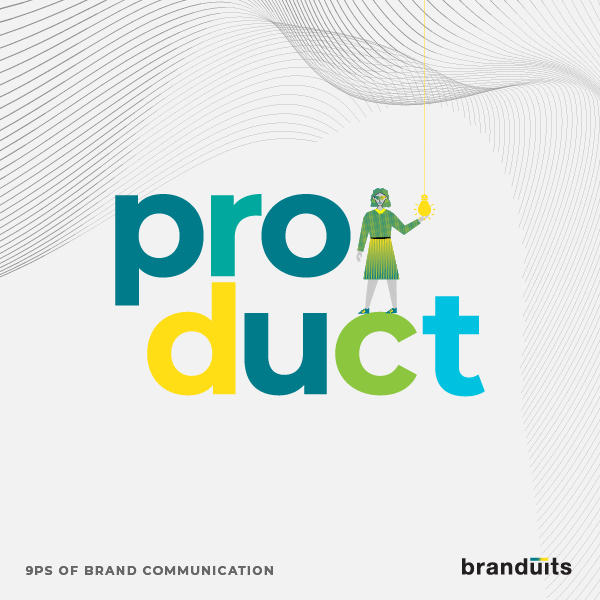
The primary identity of any brand is its product. Its how people know you, it represents your message, vision & mission, your story and your assertions of unique revelation to the market. Instances of notable item marks are Coca-Cola, Nutella, Nike etc.
Let us delve a little deeper with an example of one of the most popular brand products out there, yes, you guessed it right- Coca-Cola.
So, Coca-Cola has been around for more than 125 years and their emphasis on item marking is a vital part to enduring for the long haul. A standard coke bottle comprises of essential brand identifiers- logo, primary brand color scheme and distinct bottle design. They have been consistent with their branding of the item which helped generate ‘trust’, a very important currency for the sustenance of the brand, from the market. Thus, you see, a brand product in almost all instances reflects the life of the brand, acts as the face of its story, and brings life to the essence that each brand rests upon.
2. Brand Premise
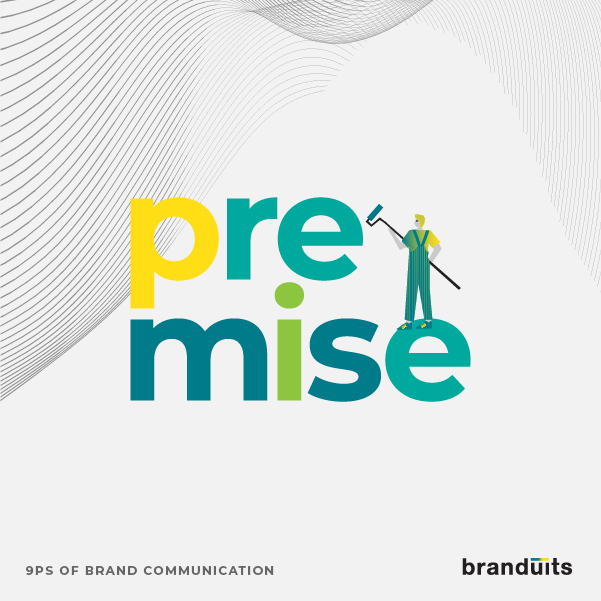
Brand premise is a carefully designed space for your brand to stand upon and to reflect the closest possible ideation of your brand story. This specificity helps the brand product initiate feelings and convey values. A brand’s digital spread and its finished products reflect the message of the brand within the territory of the brand story. It provides lines of conduct for the team and acumen for well-directed research.
Brand premises advance over the long run, changing to suit the item, the market, culture, and the crowd. A brand’s story should be valid, and it should assist with selling anything it is you’re selling. Let us understand this better with a suitable example of Airbnb, the new celebrity in brand-town!
Airbnb enables its customers to list, find, and book special facilities for extraordinary travel encounters, as well as sells the idea of a ‘home away from home’. Their tagline is their literal brand story translation ‘Welcome Home’. That rings a very basic bell right, whether you are seeking travel stays or want to host a rendezvous with friends and family in an urban center, Airbnb offers a solution for space. The brand’s well speculated premise is ‘home’ which means different emotions, ideas, and values in different people.
3. Brand Promise
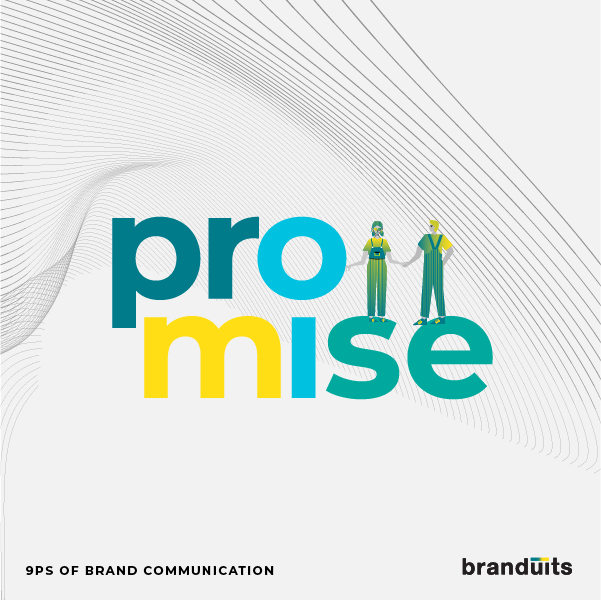
What is your guarantee for your customer? What solution are you providing and what issue are you tackling with your brand product? A clear and efficient brand promise is an answer to these two inherent questions whilst developing a brand. The more a brand can follow through on that guarantee, the more it generates the currency of trust from customers in time and even more grounded the brand esteem in the brain of clients and workers. A brand guarantee tells your client, either expressly or certainly, what they can anticipate from your item or administration.
A very apt example of an excellent brand promise is Apple’s “Think Different”. In face of its competitors like IBM, Apple came up with a brilliant ask and a promise of uniqueness from its consumers. Apple became one of the most prominent brands to drive emotional branding with their promise of walking hand in hand with the consumer towards a unique model of growth in lifestyle. Apple did it so well that it is now one of the giants in the brand world with an even larger hold on emotions of a vast population.
4. Brand Positioning
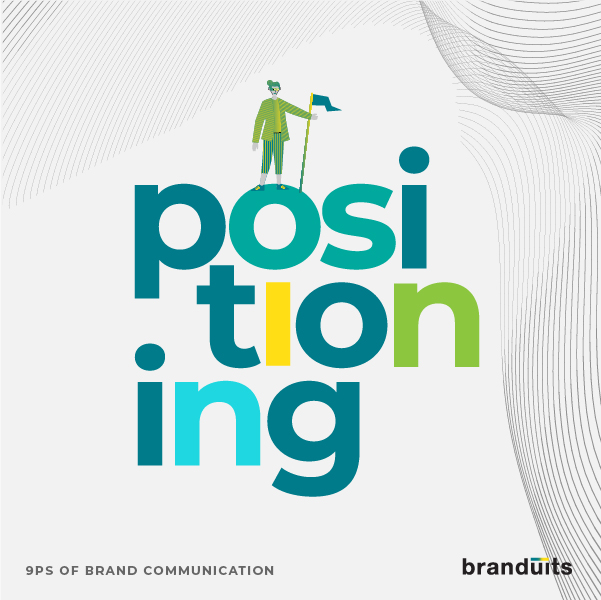
Brand positioning is held on the ropes of reality which draws valuable, loyal consumer base. It helps the brand develop a certain space in the minds of the people, which further helps them to remember. A clear brand positioning helps develop a strong relationship between a brand and its consumers.
Brand positioning normally shapes the foundation of the brand system of any organization. Till the time a situating procedure resounds with the requirements and needs of the objective market, a brand can flourish. Nike, for example has a very clear positioning rendered in the premise of an ‘athletic way of life’. The marketing of the brand resonates with a fit lifestyle with an active on-the-run purview for fashionable showcase of it. The brand advances this positioning technique through a 360-degree display, a clear visual narration and finally by offering top notch flexible range of solutions for your fitness accessory demands.
5. Brand Personality

As soon as we see a brand as alive and functional in its own consciousness, we would know the intricacies of a successful brand strategy. Your brand is organic and is a budding entity. Like a person, a brand too has a personality. It helps the consumers place the brand and associate with its various characteristics. Like for example, Apple demonstrates a minimalistic, signature-driven personality, it helps people believe that when they carry an apple product, they are part of a certain efficient, fashionable and a creative community.
Another prominent example of a robust brand personality is Woodland. A typical woodland product reflects a certain wild, tough, outdoorsy, and adventurous spirit for its consumers. and savvy showcasing methodologies. To make the idea more dominant Woodland has embedded various shades of green, which denotes nature as its high-held muse.
6. Brand Philosophy

Making a brand philosophy makes you stand apart from your rivals – a place of distinction that talks and displays directly to its consumers. Most successful brands sell a way of thinking, a badge of growth in lifestyle and a marker of moments for your everyday. Having a brand philosophy helps create uniformity irrespective of location and regional barriers which in turn generates the extremely revered currency of trust.
For example, Starbucks brand philosophy is local area driven and very carefully designed. It makes the consumers believe that irrespective of their location, the ambience, the hospitality, and the product of Starbucks will remain the same. The brand philosophy of one place, one individual, one cup at a time helps it create a very personal engagement with the lifestyle of its consumers helps it drive millions of people across the globe every morning inside for a happy ritual with aromatic start to their day.
7. Brand People

One of the most important questions in brand design’s initial specks of research is ‘Who is the brand for?’. It is very important to picture the consumers to create successful brand personas. If you forget of this important jewel in the brand cast, trust me your brand is going to be the new clown of the haywire circus! A careful consumer-oriented approach helps deliver an outstanding brand package to the receiver which furthers joy and satisfaction in time converting to loyalty.
The new age affordable high-end fashion royal H&M is an excellent example of this. They make a promise of fashion within the budgets of the working class and students ranging from a minimalist segment on a wide spectrum if casual to formals.
8. Brand Psychology
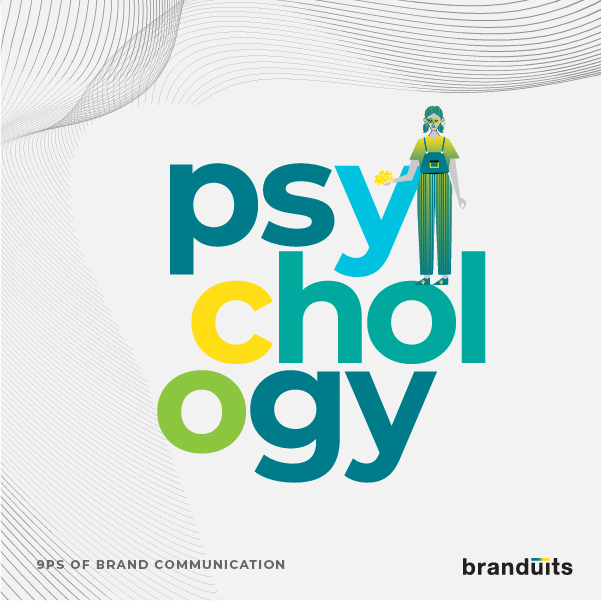
As discussed above, imagine a brand as a living, growing, perfectly sound entity- this would also in some respect entail that the brand also has a functioning psychology, right? As we understand human psychology in one way to be a puzzling ocean of complicated layers, a brand very coherently is somewhat similar in a small-scale. An essential vine of life for a brand is its consumers; to allocate space in the psychology of the consumers and deliver trust, a brand’s psychology should resonate with that of its target market. A very successful example of this brand attribute is Amazon. From the undertone of the yellow in the logo which drives optimism and comfort to its vast hold on resources for its consumers, this one of a kind online supermarket is an essential part of the lives of crores all across the globe.
9. Brand Promotion
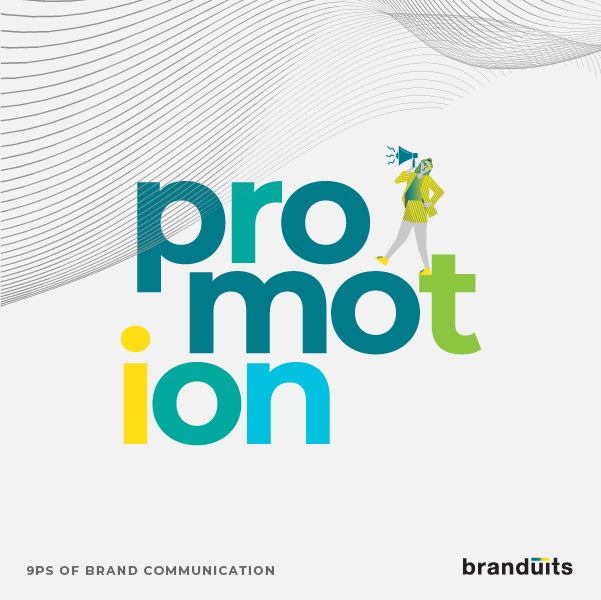
One of the stalwarts of an outstanding and a thorough brand promotion is Red Bull. This brand has sold its brand story beautifully to the world, its tagline suggests the spirit of an adventurous soul. This energy drink makes an assertion to help your spirits soar and is supposed to pace up your gears of growth- Red Bull gives you wings. In addition to this, one of the benchmarks of an excellent marketing strategy is that this brand brings before you stories of courage, bravery, excellence, and strength from the hearts of the fully funded expeditions across the wilds of this planet.
Having a brilliant brand is not enough if you lack in the showcase of it to the world, people need to hear and see you enough for them to remember and get back to you. An active, intricate regular promotion is a sure-shot way to help the mass memorize your presence.
A careful investigation, approach, construction, and the overall branding strategy which is led by the classic mold of 9 Ps of branding designs a future for a brand that is extraordinary, successful and sustainable!

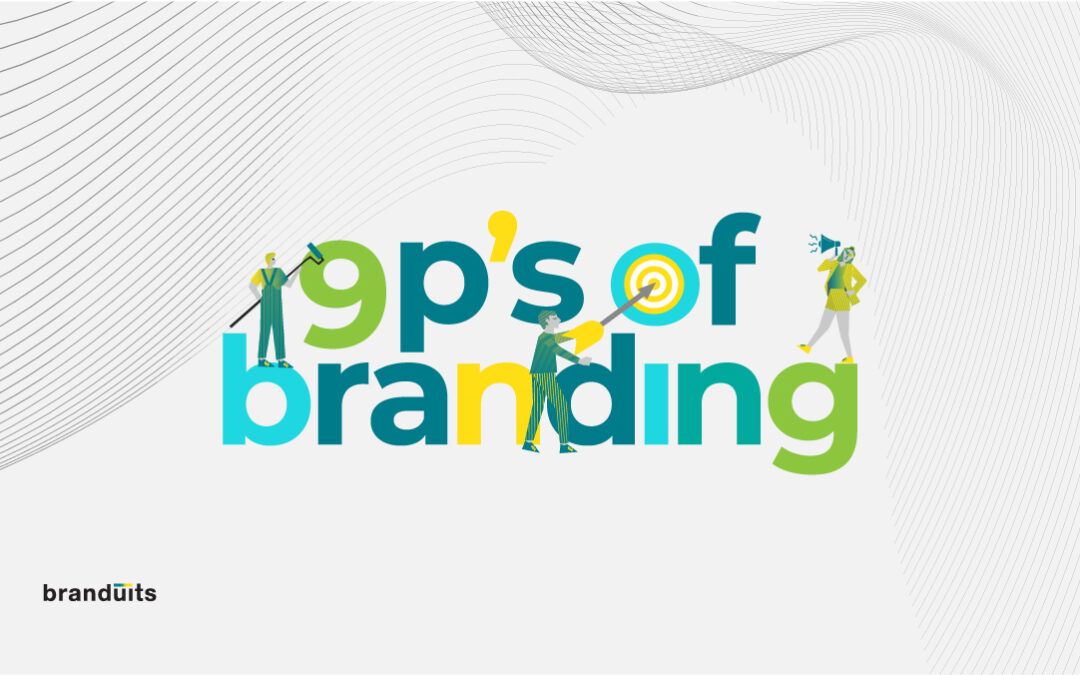
Recent Comments